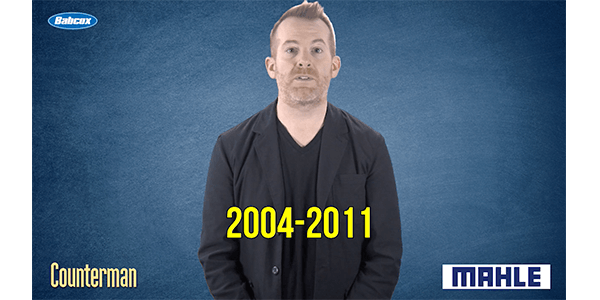Have your customers gotten a technical service bulletin on problems after oil filter application and installation precautions on certain GM vehicles? Counter Intelligence is NEXT!
Hi guys. It’s Mark Phillips. Certain GM vehicles between 2004 and 2011 have had engine issues after oil filter installation. We’re talking about vehicle such as the Buick Rendezvous, Enclave, LaCrosse, Cadillac, Malibu. The list goes on. The problem is oil filter misapplication which can cause abnormal engine noise, and in some cases, catastrophic damage, according to GM.
GM notes that some counterfeit or poorly made parts may be the culprit because while they look similar to the OEM version, they don’t match up to the original specifications. The company also says if inferior parts are used it could damage the engine and void the warranty. GM is telling technicians to ensure they get parts from a trusted source. Well, that is good advice! It’s imperative that your customers not only get the proper oil filter for this application, but to also replace the oil filter gasket to help fix or prevent leaks, especially one that improves upon the original design. For example, use of ACM rubber rather than the original silicone rubber design is a major improvement that allows for more resistance to heat and hot oil.
Lastly, and GM recommends this, recommend to your customers that maximum gasket performance is achieved by using new fasteners, especially ones with a thread-locking patch. If a customer isn’t replacing the fasteners, it’s a good idea to recommend a thread-locking chemical that can be applied to the fastener threads. Either of these methods go a long way to increasing the sealing capability of the gasket. I’m Mark Phillips. And thanks for watching.










